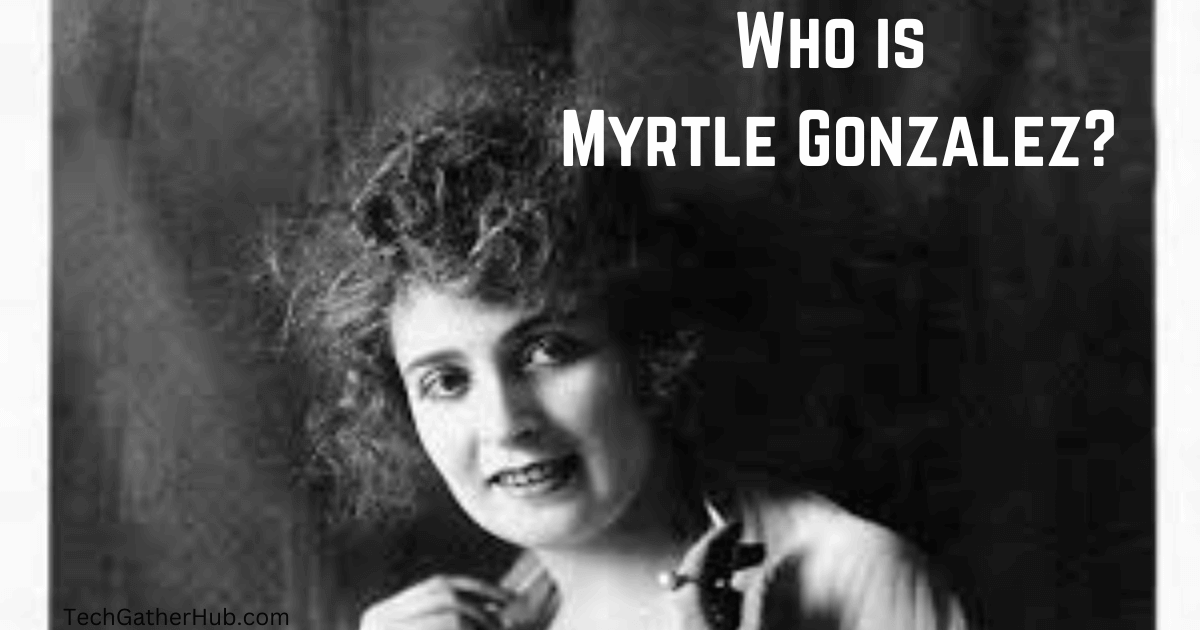Step back in time and immerse yourself in the enchanting world of Myrtle Gonzalez, a trailblazing actress who graced the silent film era with her unparalleled charm. Transport yourself to the 1910s and 20s, where Myrtle, the captivating “Queen of the Silent Screen,” ruled Hollywood with expressive eyes and impeccable comedic timing, starring in a staggering 170 films. Although her name may not echo through the ages, Myrtle’s journey offers a window into the Golden Age of silent films and the life of a pioneering Latina actress during a transformative period in cinema.
Meet Myrtle Gonzalez, the radiant star born in 1891 in Los Angeles, California. Raised in a showbiz family, she ventured into film at the tender age of 16, initially gracing Vitagraph films alongside heartthrob Francis X. Bushman. Over two decades, Myrtle left an indelible mark, appearing in over 170 films, including gems like “Captain Alvarez” (1911), “The Awakening of Bess” (1916), and “The Brand of Cowardice” (1916). Renowned for her emotive roles, she earned praise for her expressive eyes and graceful demeanor.
Beyond the screen, Myrtle led a glamorous life, romantically linked to luminaries such as director Marshall Neilan and wealthy playboy Abe Frank. Yet, it was her enduring love story with actor Allen Holubar that stood the test of time, culminating in marriage in 1923. Tragically, Holubar’s untimely death at 35 marked a poignant chapter in Myrtle’s life.
As the talkies rose, Myrtle’s star waned, but her legacy as an early film luminary persisted. She not only defined the heroine’s role in American film but also shaped standards of beauty and charisma that resonate with actresses today. Myrtle Gonzalez, the unsung queen of silent film, deserves recognition and celebration for her remarkable contributions to Hollywood.
Dive into Myrtle’s rise as a silent film sensation, making waves as one of the first major Hispanic stars. Born in 1891 to Mexican immigrant parents, Myrtle’s destiny for stardom manifested early. At 16, she debuted in the Western short film “The Girl of the West” (1907), captivating audiences with her natural beauty and emotional range across over 200 short films.
In 1915, Myrtle’s career soared with a contract from Universal Studios, propelling her to leading lady status in feature-length films. Notable roles in romances like “The Secret of the Submarine” (1915) and “The Phantom Buccaneer” (1916) solidified her acclaim. Earning $1,500 a week during her peak, Myrtle lived lavishly, sharing her Spanish-style mansion with celebrities like Rudolph Valentino. Yet, at 28, she succumbed to tuberculosis, truncating a promising career.

